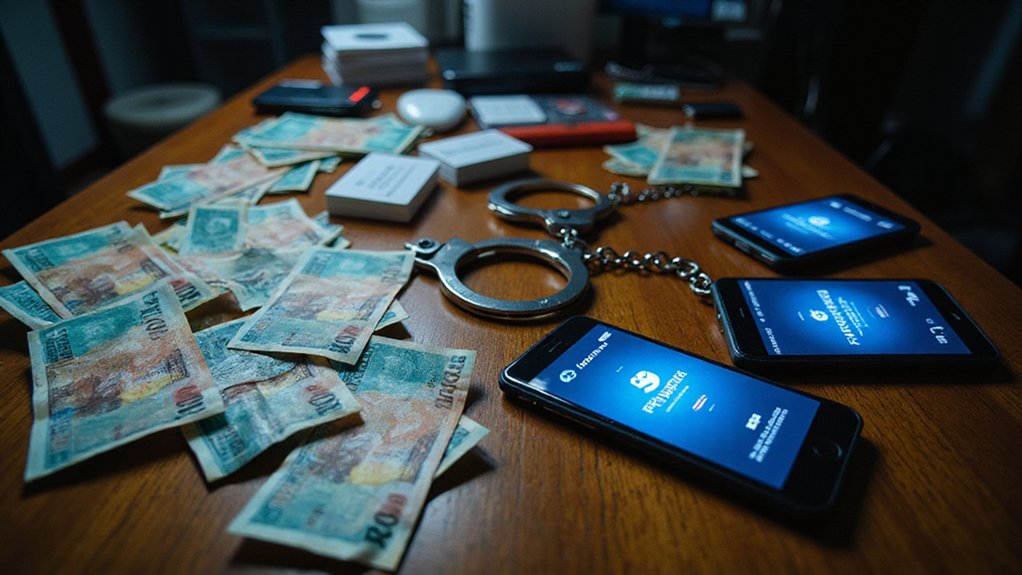Russia has launched a thorough national registry for cryptocurrency mining equipment, marking the latest chapter in the country’s characteristically byzantine approach to digital asset regulation. The Ministry of Energy disclosed this detailed database on July 7, 2025, requiring miners to register device serial numbers and model details in what officials describe as a standardization effort—though the underlying motivation appears decidedly more pragmatic.
The registry represents a collaborative venture between the Ministry of Energy, Federal Tax Service, and Ministry of Digital Development, targeting what Deputy Minister Petr Konyushenko euphemistically calls “precise identification of electricity consumers.” Translation: the government wants its cut from Bitcoin and Ethereum mining operations that have been operating in regulatory shadows while consuming subsidized power.
Russia’s crypto mining registry strips away regulatory ambiguity—the government demands transparency, taxation, and control over previously shadowed operations.
The initiative addresses a growing crisis of illegal mining operations straining Russia‘s power infrastructure. Siberian regions face significant energy shortages attributed to underground mining farms, with authorities recently uncovering a sprawling 30,000-square-meter illegal crypto facility in Krasnoyarsk Krai.
These operations frequently exploit subsidized residential electricity or establish unauthorized grid connections—a practice that simultaneously drains public resources and dodges taxation.
While cryptocurrency mining achieved formal legalization in Russia in 2024, actual registration has remained surprisingly limited. Individual miners can operate without registration below a 6,000 kWh monthly consumption threshold, but exceeding this limit triggers mandatory registry participation and detailed reporting requirements to tax authorities. The registry enables authorities to implement targeted enforcement strategies and customized regulations based on comprehensive monitoring data.
The government’s enforcement strategy extends beyond simple registration mandates. Officials deploy sophisticated internet traffic analysis to identify unlicensed miners, creating a technological cat-and-mouse game between regulators and operators seeking to avoid detection. This contrasts sharply with Western approaches where platforms like ErisX operate under CFTC registration and strict regulatory oversight to bridge digital assets with traditional financial markets.
Regional authorities receive registry data for local enforcement, enabling targeted energy management initiatives.
This regulatory tightening reflects broader tensions between Russia’s desire to capitalize on cryptocurrency mining’s economic potential while maintaining control over energy resources and tax collection.
The registry fundamentally transforms mining from a quasi-legal gray area into a fully monitored, taxable industry—assuming, of course, that miners comply with registration requirements rather than simply driving operations further underground.
The success of this initiative will likely depend on enforcement mechanisms rather than voluntary compliance.









